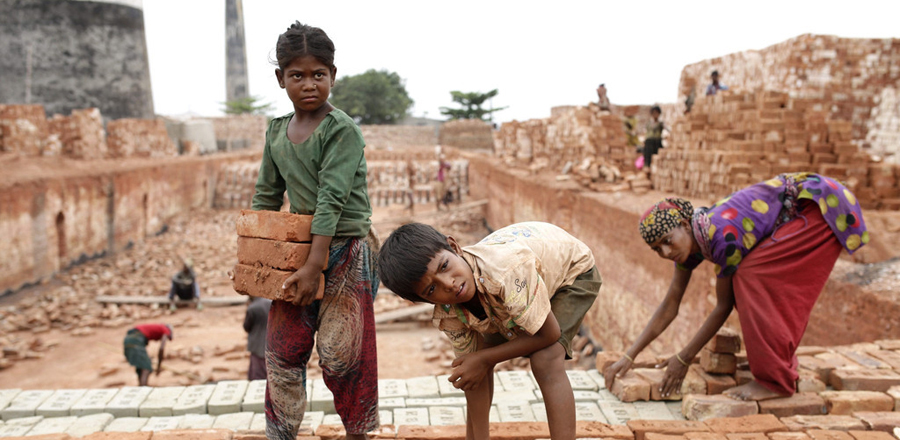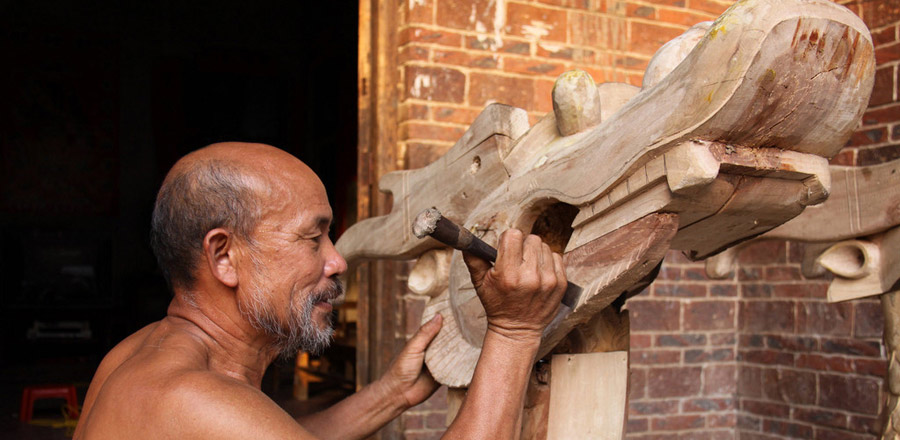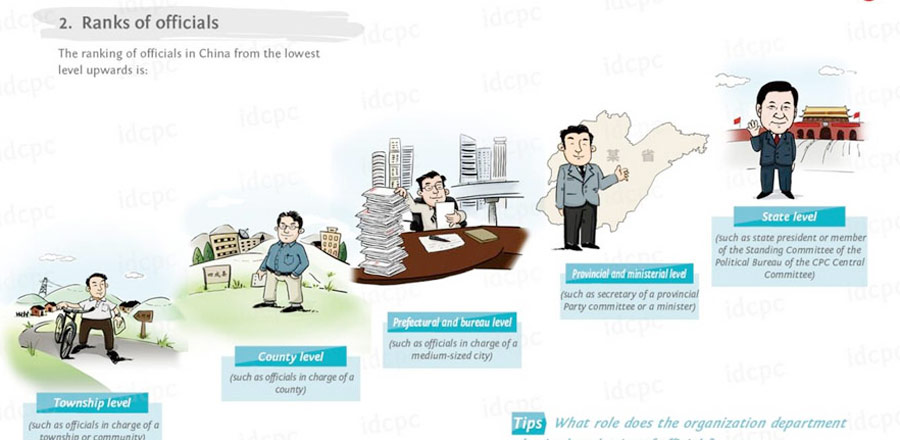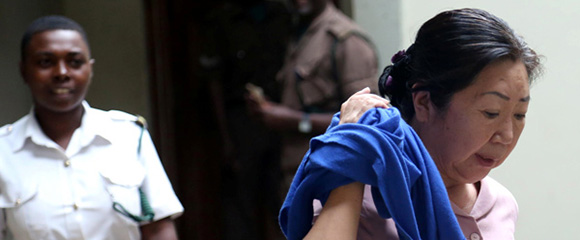
What is clear is that people in LMICs are not really aware of hypertension, owing to its lack of visible symptoms. And those who know they have high blood pressure may not know that it is linked to stroke and other cardiovascular diseases. This makes it all the more difficult for health services in LMICs-which are often under-resourced, equipped solely for acute care, and overwhelmed by high maternal and child mortality and the persistent battle against infectious diseases-to address hypertension and other non-communicable diseases.
Yet international donors have not stepped in to pick up the slack. Less than 5 percent of global development aid was allocated to fighting non-communicable diseases in 2013.
Beginning in the eastern region of Ghana, our Community-based Hypertension Improvement Program (ComHIP) trains local businesses and healthcare workers living in the community to screen and support hypertensive patients. Digital healthcare tools are used to help nurses in decision-making; to ensure seamless connections among screening points, community-health workers, and physicians at the referral sites; and to empower patients to take more responsibility in managing their own health.
A second innovative model for addressing hypertension, introduced by the Novartis Foundation and its partners in Vietnam, is the Ho Chi Minh City Communities for Healthy Hearts Program, which aims to shift screening and treatment to the community through social entrepreneurs. As with ComHIP, digital health technology empowers patients in their self-management and increases patient-to-provider contact.
What is needed now is to test these innovative approaches to healthcare delivery, build evidence of their effectiveness, and apply their lessons to other initiatives. We hope to hone our models so that they can be scaled up to provide countrywide coverage and address not just hypertension, but also other non-communicable diseases. Moreover, we plan to work with local and international partners to adapt successful models to serve as the basis of programs in other countries, with a focus on urban areas.
Last month, World Hypertension Day provided a subtle reminder that hypertension is, indeed, a problem affecting the whole world. Like any global problem, it requires a global solution. Specifically, international actors must work together with local communities to build innovative new models that work even in difficult or under-resourced environments. Only then can we successfully tackle the scourge of non-communicable diseases.
The author is head of the Novartis Foundation. Project Syndicate














